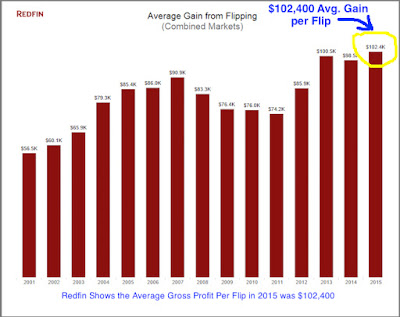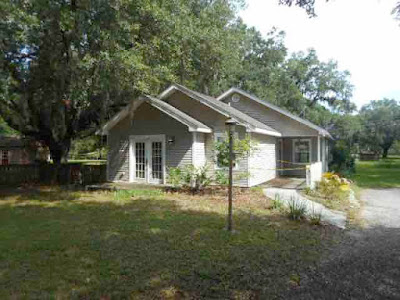It is hard to believe that I started life in the working world
more than 20 years ago as a high school English teacher.
As much as I enjoyed teaching, I knew it wasn’t the right
career for me. I knew I was in the wrong place.
I had a couple sales jobs, and those didn’t seem right either.
It wasn’t until I started flipping my first house in 2009 that
I finally felt like I had found the right place.
I felt like I had figured out what I wanted to be when I grew
up ; )
I used to wake up to an alarm clock at 5:15 am Monday through
Friday to go to school and teach, and 6:30 am most weekends to coach track and
field or volleyball, depending on the season.
I have never been a morning person. My body never adapted,
and I was always exhausted.
Now I wake up around 7:30 am each morning, excited to start
the day and jump into the world of opportunity that real estate offers to
anyone who wants it.
Does any of my experience sound familiar to you?
Do you feel like you are in the wrong profession?
It’s time for you to take action.











